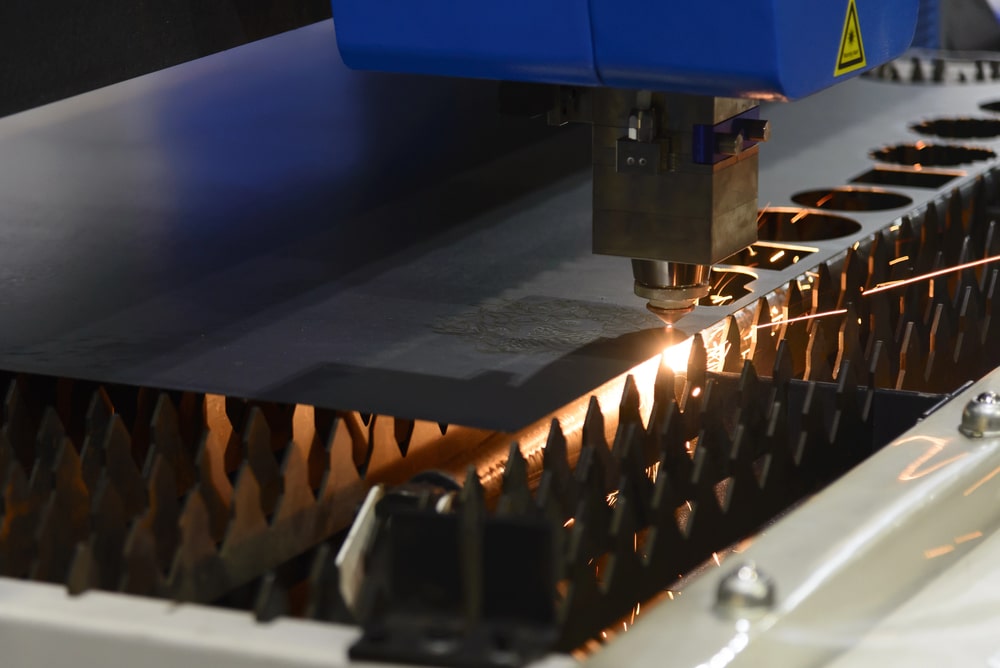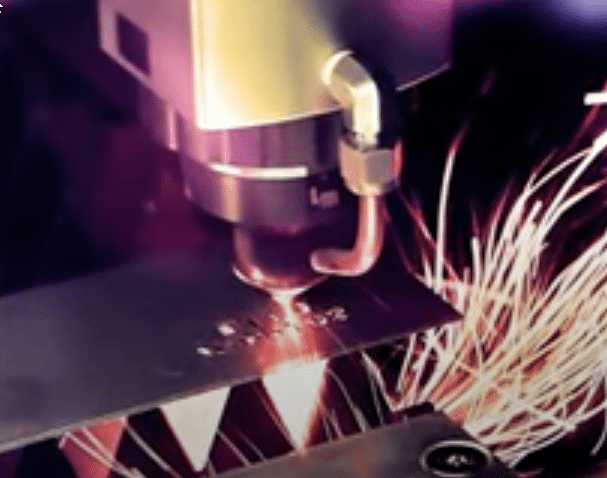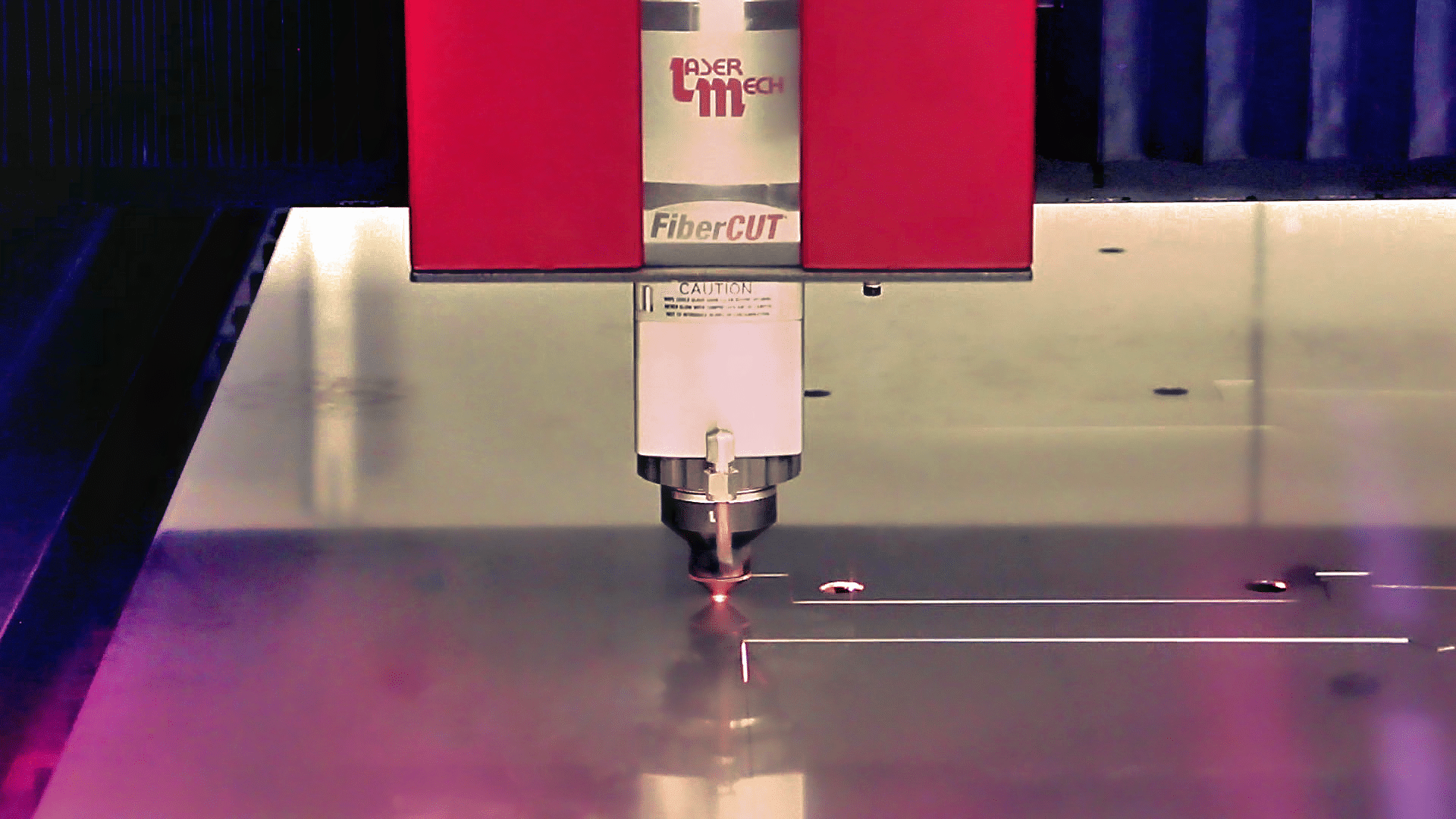How Metal Cutting Fiber Lasers Work
A Revolution in Metal Fabrication
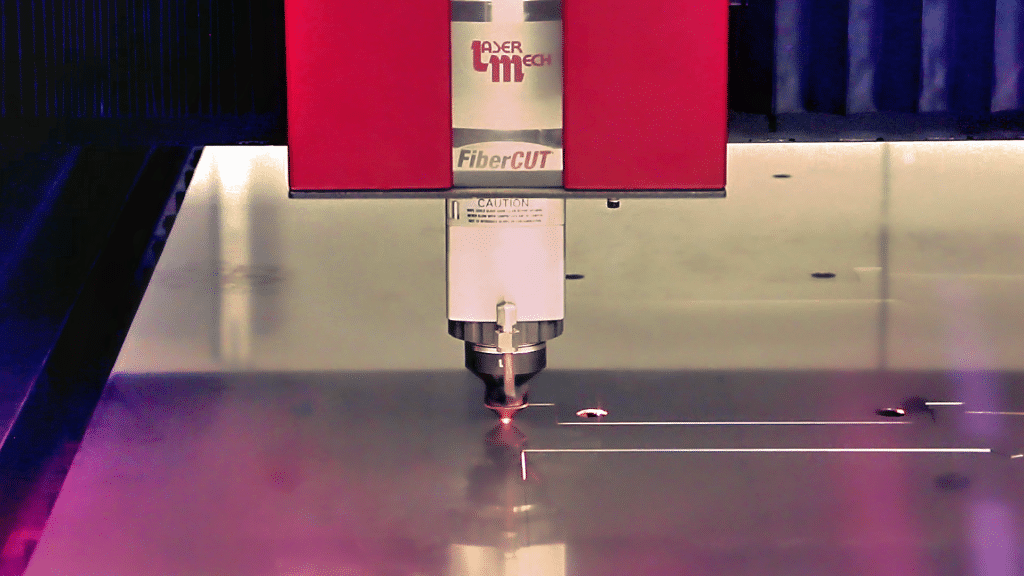 Imagine slicing through steel like it’s butter—this is the magic of metal-cutting fiber lasers. These technological marvels have revolutionized the metal fabrication industry, enabling unparalleled precision, speed, and efficiency. In this post, we’ll take you on a deep dive into the world of fiber lasers, exploring their science, components, and wide-ranging applications. Whether you’re a metal fabricator, an industrial engineer, or simply a technology enthusiast, this blog will offer valuable insights into how these lasers are shaping the future of metal cutting.
Imagine slicing through steel like it’s butter—this is the magic of metal-cutting fiber lasers. These technological marvels have revolutionized the metal fabrication industry, enabling unparalleled precision, speed, and efficiency. In this post, we’ll take you on a deep dive into the world of fiber lasers, exploring their science, components, and wide-ranging applications. Whether you’re a metal fabricator, an industrial engineer, or simply a technology enthusiast, this blog will offer valuable insights into how these lasers are shaping the future of metal cutting.
The Science Behind Fiber Lasers
Moving Beyond Traditional Methods
Fiber lasers represent a significant leap from traditional metal cutting methods like mechanical sawing and plasma cutting. They use light to cut through metal, offering cleaner, more precise cuts with minimal waste. This technology reduces the need for post-cutting processing, which can save both time and resources.
Laser Beam Generation
Fiber lasers generate a laser beam by pumping high-energy light through a fiber optic cable. This light is amplified as it passes through the fiber, thanks to the presence of rare-earth elements like ytterbium. The result is a highly concentrated beam of light capable of cutting through even the toughest metals.
Amplification Process
Once the laser beam is generated, it undergoes multiple stages of amplification. This involves passing the beam through several fiber amplifiers, each adding more power to the beam. The final output is a laser so powerful that it can cut through a sheet of metal with ease.
Components of a Fiber Laser Cutting System
Key Components and Their Roles
A fiber laser cutting system comprises several key components, each playing a crucial role in the cutting process. These include the laser source, fiber optic cables, cutting head, and control system. The laser source generates the initial beam, which is then transmitted through fiber optic cables to the cutting head. The cutting head focuses the beam onto the metal surface, while the control system manages the entire operation.
Advantages Over Other Technologies
Fiber lasers offer numerous advantages over other cutting technologies. They are more energy-efficient, produce less heat, and ensure higher precision. Additionally, fiber lasers require less maintenance and have a longer lifespan compared to CO2 lasers. These benefits make them a preferred choice for many industries.
Applications and Industries Using Fiber Lasers
Diverse Industry Applications
Fiber lasers have found applications in a wide range of industries, including automotive, military, electronics, and construction. They are used for cutting, welding, engraving, and marking metal parts. Their versatility and precision make them indispensable in modern manufacturing processes.
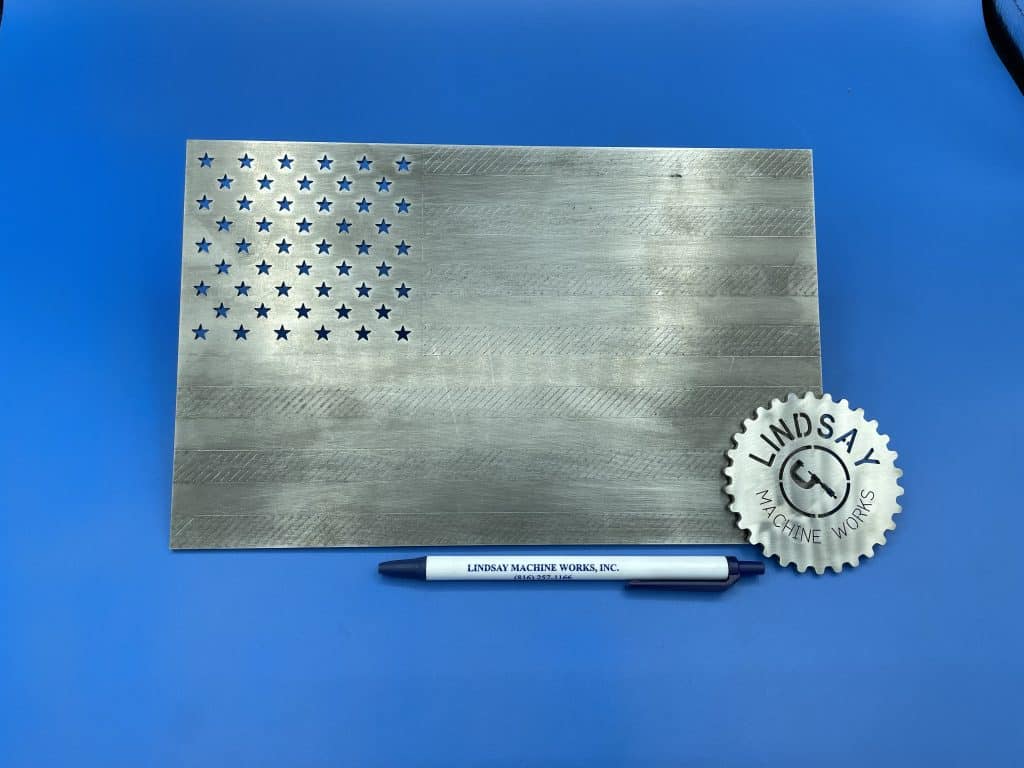 Case Studies in Metal Fabrication
Case Studies in Metal Fabrication
One notable example of fiber laser application is in the automotive industry, where they are used to cut complex shapes and designs in car parts. Another example is in the aerospace sector, where fiber lasers help create lightweight yet durable components. These case studies highlight the effectiveness and benefits of fiber laser technology in real-world applications.
Future Trends and Innovations in Fiber Laser Technology
Emerging Advancements
The future of fiber laser technology looks promising, with several emerging advancements on the horizon. These include higher power outputs, improved beam quality, and advanced control systems. Such innovations will further enhance the capabilities and efficiency of fiber lasers.
Environmental and Efficiency Improvements
Environmental sustainability is a growing concern in industrial processes. Fiber laser manufacturers are focusing on creating more eco-friendly systems that consume less energy and produce minimal waste. Additionally, advancements in cooling systems and automation are making fiber lasers more efficient and user-friendly.
Summary
Fiber lasers have undoubtedly revolutionized the metal fabrication industry. Their precision, efficiency, and versatility make them an invaluable tool for various applications. As technology continues to advance, we can expect even more impressive developments in fiber laser systems.
If you have any questions about our Fiber Laser capabilities, give us a call at (816) 257-1166 or click here to contact us.

